Updated: 25-Oct-2024
Teledyne Continental Motors is located in Detroit, Michigan for the production of piston engines and in Toledo, Ohio, for turbines.
-It maintains the two facilities separate for logistics purposes.
-We have seen all the brand's production in the chapter on Continental Motors for piston engines and Teledyne CAE for turbines.
-The added name Teledyne refers to the Corporation to which Continental belongs since 1969.
-The brand began in 1905 with a four-cylinder, four-stroke, L-chamber engine.
-The large number of engines for the automotive industry based in Detroit that are produced by Continental is well known.
-It was in 1906 when it presented an aviation engine, the Type “0” of 45 HP, as a curiosity.
-It was not until 1929 that a radial engine appeared, the A-70 with seven cylinders.
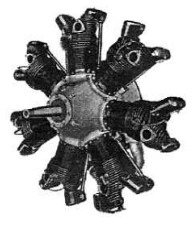
“Continental A-70”
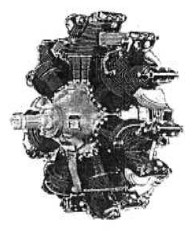
“Continental W-670”
-The W-670 was derived from this radial. The A-70 gave 170 HP, and the W-670 delivered 240 HP.
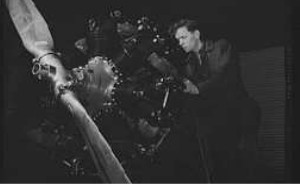
“W-670, officially R-670”
-NOTE: to correctly compile the information in this chapter, see also the “Continental” chapter to see other engines. Such as the A-40, which appeared in 1930, or the A-50 from 1938. Etc.
-In 1939, engines were manufactured for American and English tanks. Vee-type engines.
-During WWII, large engines were made such as the RR-Merlin, the O-1430, the IV-1430 or the XR-794S, XR-974S and XR-1740-2.
-Around 1945, the six-cylinder horizontally-opposed E-185 was made.
-And in 1950, the A-65 appeared, followed by the C-90 (which would give rise to the O-200).
-With the advance of General Aviation, the 200, 300, 400 and 500 series came out.
-Currently arriving at mixed air-liquid cooling such as the “Voyager”.
-As we will see, Diesel engines with Kerosene are being tested with a view to the upcoming changes, replacing leaded gasoline with Avgas 100 LL.
-The brand continues to offer after-sales service for all its engines, spare parts supply, service bulletins and general customer service.
-But as for the previous engines, it offers general overhauls at different levels such as “Factory Rebuilt”, “Aftermarket New”, “Platinum Series” and through Mattituck (see) a total overhaul of the engine with substantial improvements.
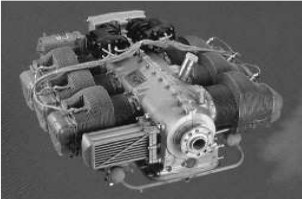
“IO-470 at Factory Rebuilt level”
-The “Factory Rebuilt” engine entails a significant content of new parts. Limited warranty of one year and the hour logbook reset to zero.
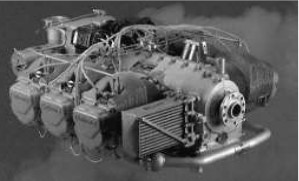
“IO-470, at Aftermarket New level”
-100% new parts and the latest updates are mounted. With a three-year warranty. And a slightly higher price than the rebuilt one. Log to “0”.
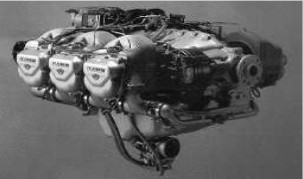
“IO-520, Platinum Series”
-The Platinum service, with superior finish, includes a five-year warranty, oil analysis and inspections.

“Continental-Mattituck”
-The Mattituck has a superior finish on the engine and accessories compared to the Continental series engines. It includes special improvements such as new cylinders, camshafts, tappets, etc.
-They are distinguished by being painted in a bright red color and rocker covers and balance duct of the two intake manifolds in white, as an accent.
-To make a quick review (and to provide some new illustrations) we will first mention the air-cooled O-200, in its IOL-200 version, of 100 HP with injection and liquid cooling in the cylinder heads.

“Teledyne-Continental IOL-200”
-The coolant contains 60% ethyl-glycol, which means that the boiling point can rise to 121ºC.
-The Voyager 200 version, derived from the previous one, is the one used in the famous Voyager aircraft on its “non-stop” round-the-world flight.
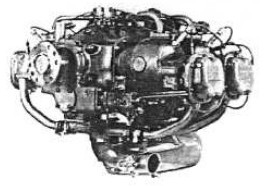
“Voyager 200”
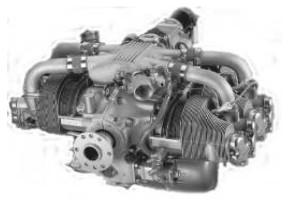
“Latest version of the IO-240”
-The IO-240 has an injection system with a larger bore for the same stroke and it gives 125 HP.
-The Voyager 300 is the six-cylinder version of the Voyager 200.
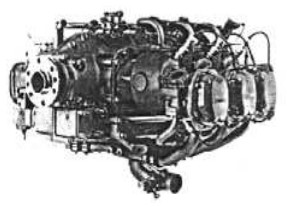
“Voyager 300”
-Just as the O-200 gave way to the O-240, the O-300 has given rise to the IO-360.
-The cylinders of the O-240 and the IO-360 are identical. The latter has six cylinders and gives 210 HP.
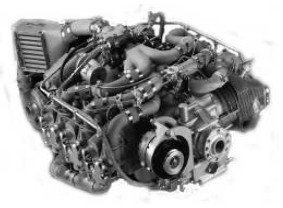
“The TSIO-360, with the intercooler visible”

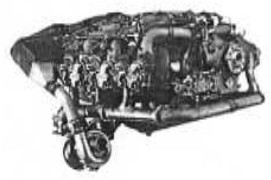
“Two TSIO-360 engines”
-The engines of the 400 series, the O-470 model gave rise to the IO-470, TSIO-470 and their multiple variants.
-At the beginning of this chapter we have two IO-470s. From 225 to 260 HP, depending on the model.
-The TSIO-520 would give rise to the large GTSIO-520 engine, an engine with all the accessories of the limit of piston engines, that is, with reduction gear, fuel injection, turbocharger and intercooler.
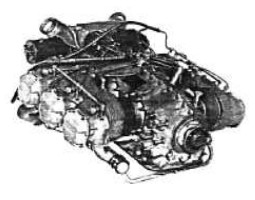
“IO-520”
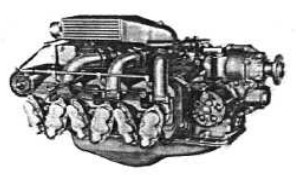
“GTSIO-520”
-The GTSIOs were of the order of 375 HP.
-The first engines of the “550” series were introduced in 1984.
-They started out air-cooled. Soon after, the Voyager versions were followed, with liquid-cooled cylinder heads.
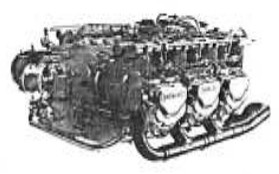

“Two T-550 engines”

“Voyager GT-550”
-We see the GT-550 with a reduction gear and the turbo at the back and on top.
-In the upper illustration above, the turbo is not visible, but the engine uses it, as we can clearly see the reference air pressure tubes from the “Upper Deck” on the injectors.

“Voyager 370”
-A four-cylinder engine is available instead of six, the Voyager 370. It has exactly the same cylinders as the 550.
-In future projects, Diesel engines will run on Jet-A1 kerosene.
-First, the company tried the 2-stroke CSD-283 together with Perkins.
-Currently, and following this path, the GAP is a turbo-Diesel, designed jointly with NASA.
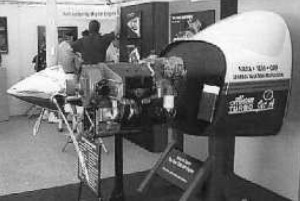
“Presentation of the GAP”
-Continental's industrial engines have been converted for use in aviation.
-The Vogel Electro Source of New Hampshire was presented at the AirVenture exhibition with a four-cylinder Continental, four-stroke engine of between 25/35 HP.
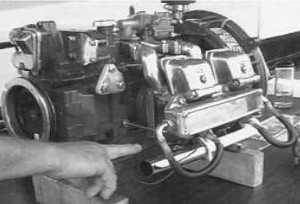
“The Vogel Continental”
-The weight of the Vogel is only 63 lb with a displacement of 32 cu. in. and it reaches 30 HP at 5,000 rpm.
-Teledyne Continental has made attempts at Wankel-type rotary engines.
-We can show a new photograph of the R-18 and the GR-18 versions that give 40 HP at 7,000 rpm.

“Teledyne-Continental R-18”
-The 40 HP engines of the -18 model, with and without reduction gear, have a single rotating body.
-The GR-36 that gives 86 HP is a two-body engine and is liquid-cooled.

“GR-18”
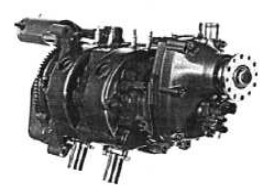
“GR-36”
-Finally, the Teledyne-Continental Motors Logo.

“The brand's logo”
-Regarding the name Mattituck, it was a registered trademark for general overhauls of the Continental and Lycoming engines for many years.
-Today it is offered through Teledyne-Continental. They are the Superior XP-360, TMX O-200 (XO-200A), TMX IO-240 (XIO-240-B), TMX IOF-240B and the Lycoming TMX IOF-360 engines.
From Appendix A3/6: We expand the chapter of the main text with an image of the IOL-200 which was also known as the Rutan Engine by the designer of the Voyager aircraft that flew around the world.

“The Teledyne Continental IOL-200”
-This engine is a derivative of the well-known 0-200 prolific on the Cessna 150 aircraft.
-Ii is improved to the maximum with liquid cooling and fuel injection system.
From Appendix 7: This supplement to the Continental chapter, valid also for the Teledyne-Continental chapter, begins with a rare case of application of engines of this brand.
-In another Appendix this abnormal assembly of two Continental engines in a Cessna airplane already appears. We have two illustrations that deal with the same subject, although it seems that it is not the same airplane, therefore it is another test.

“Twin-engine Cessna in a Single-engine Cessna”
-And it seems that this new test uses coaxial propellers although not contra-rotating, as would be optimal and normal.
-The engines are superimposed one on top of the other as we see in the below photograph without a fairing.
-We also see the two pulleys with channels for trapezoidal belts to transmit the rotation of the lower engine. The shaft of the upper engine goes through the center of the upper pulley.

“Installation with the two Continental engines”
-Observing carefully we see that the upper engine is inverted, with the intake manifolds on top and a bowed duct leads to the carburetor that is behind the engine itself.
-Perhaps within the extravagance of the invention, the position of this engine is the most spectacular.
-The oil circuit for both engines is most intriguing.
-It seems that adding the two powers together, they reached 190 HP, that is, 2 x 95 HP.
-It could possibly fly with only one of the engines. The designer of the patented idea was a Mr. Halsmer.
-Teledyne Continental, in its GPD Division, made a four-cylinder radial aviation engine running on the Diesel system.

“View of the assembly of this engine, installed”
-Continental (like Lycoming) is making a range of engines to run on unleaded gasoline.

“Continental TSIOF-550”
-It has a FADEC for control. The engine is based on the 520.
-Precisely because of the mandatory use of AVGAS UL, it requires a lower compression ratio and the corresponding loss of power is solved with a little more displacement. 520 vs 550 cubic inches. This occurs in the other models.
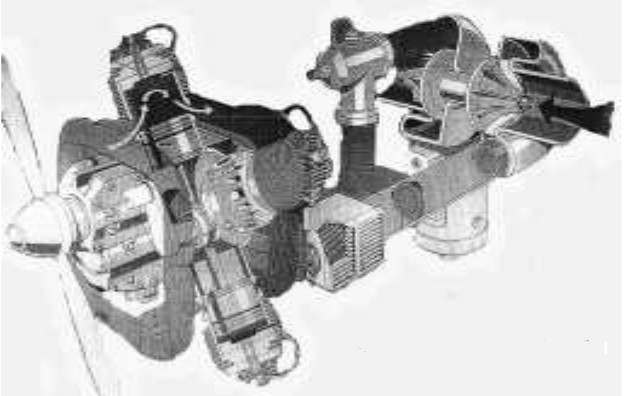 “Drawing by Jeff Mangiat of this GPD engine”
“Drawing by Jeff Mangiat of this GPD engine”
Motores de TELEDYNE CONTINENTAL MOTORS
Model: GAP
Arquitecture:
Cooling:
Total Displacement:
Bore / Stroke: x
Power:
Weight:
Model: GPD
Arquitecture:
Cooling:
Total Displacement:
Bore / Stroke: x
Power:
Weight:
Model: GR-18
Arquitecture:
Cooling:
Total Displacement:
Bore / Stroke: x
Power:
Weight:
Model: GR-36
Arquitecture:
Cooling:
Total Displacement:
Bore / Stroke: x
Power:
Weight:
Model: R-18
Arquitecture:
Cooling:
Total Displacement:
Bore / Stroke: x
Power:
Weight:
Model: TD-300
Arquitecture:
Cooling:
Total Displacement:
Bore / Stroke: x
Power:
Weight:
Model: TSIOF-550
Arquitecture:
Cooling:
Total Displacement:
Bore / Stroke: x
Power:
Weight:


